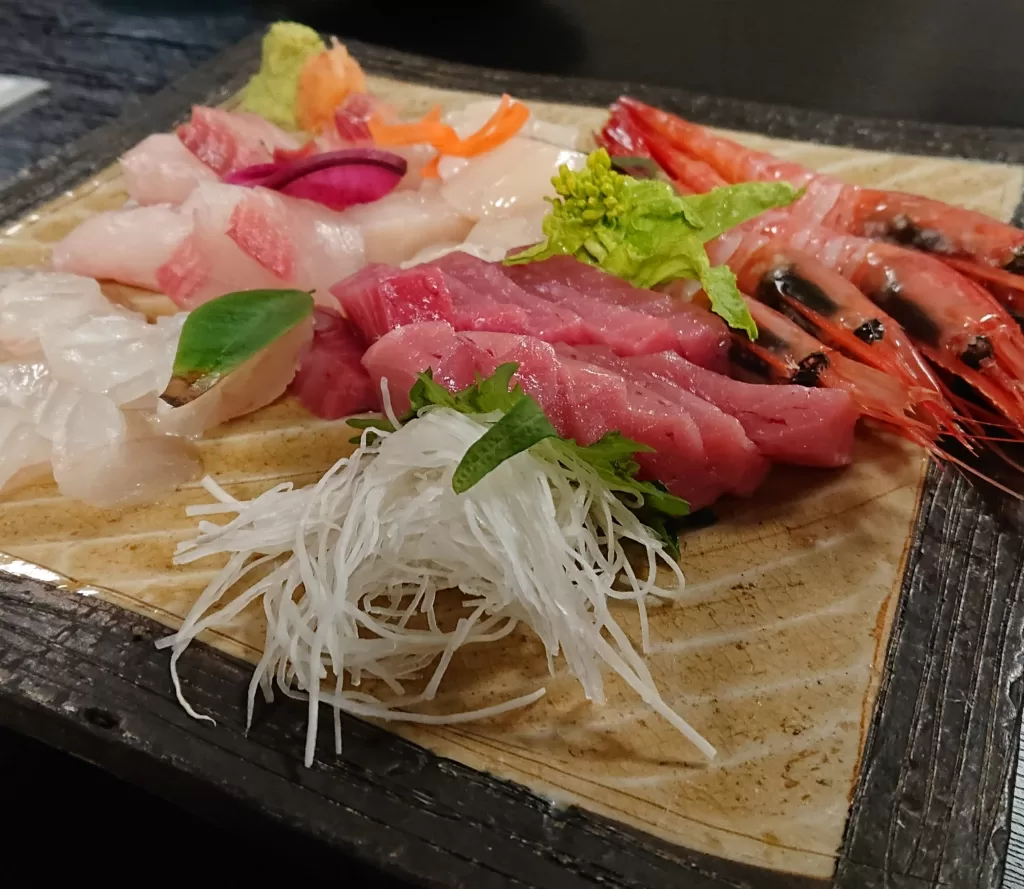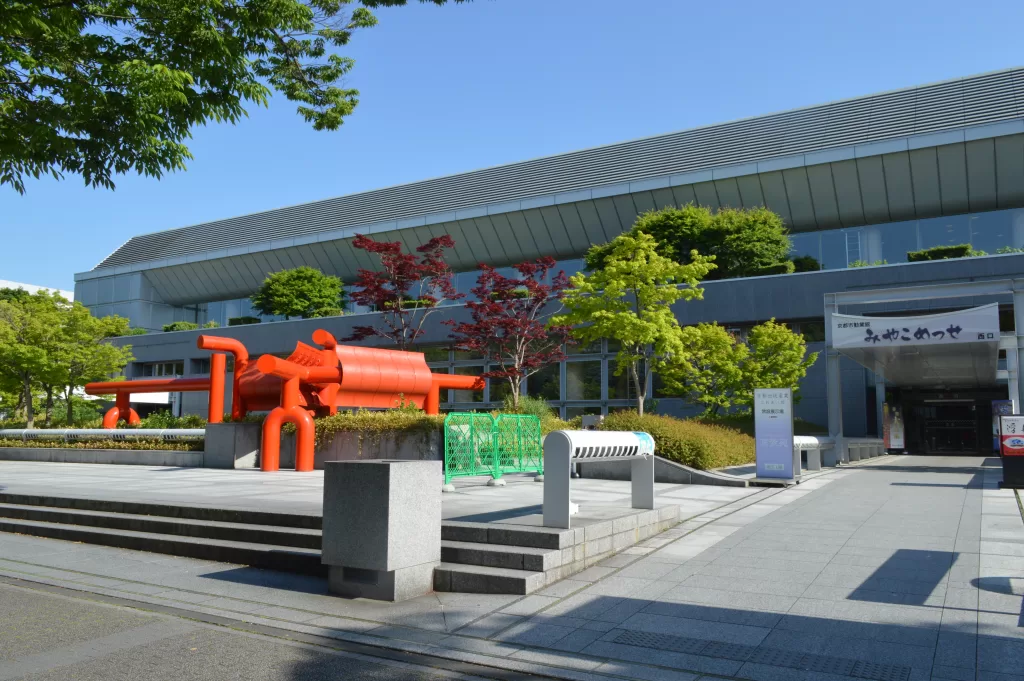Kyō-ryōri, the Captivating Symphony of Kyoto Cuisine, Showcased at Annual Exhibition
A Glimpse of Japan’s Culinary Heartbeat

Understanding Kyō-ryōri
Kyō-ryōri, the very soul of Japanese culinary culture, is a symphony of five elements – Daikyo Ryori, Shojin Ryori, Honzen Ryori, Kaiseki Ryori, and Obanzai. It’s not just food preparation; it also involves meticulous plating with traditional aesthetics. These cuisines flourished in Kyoto and display an intricate music of flavors steered by dashi stock – the cornerstone of Japanese cuisine.
Breaking Down Kyoto’s Beautifully Composed Culinary Suite
Daikyo Ryori: Aristocratic Elegance on a Plate
A testament to the refined social etiquette of Kyoto’s aristocracy, Daikyo Ryori seamlessly forms part of the grand banquet culture. The dishes display a spirit of grandeur befitting imperial preferences.
Shojin Ryori: Confluence of Zen and Gastronomy
Shojin Ryori presents an exquisite interplay between spirituality and epicureanism as it originated in Buddhist temples. Bestowed with religious restrictions, this gourmet section mainly comprises vegetables treated luxuriously.
Honzen Ryori: A Samurai Feast
Following the thread of glorious history, Honzen Ryori signifies cuisine catering to samurai warriors’ social gatherings. This particular facet throws light on an era dominated by samurais.
Kaiseki Ryori: Teatime Luxuries
Kaiseki Ryori unveils a slice of the tea ceremony traditions followed by samurai and merchant classes guided by ‘Sado’ philosophy. It adds weight to the gastronomic scene involving tea-time pleasantries.
Obanzai: Home Comforts from Kyoto Kitchen
A walk down memory lane unveils Obanzai, homemade delights shared within family circles in Kyoto households. This comfort food reflects authentic domestic flavors.

An Homage to Imperial Flavours at Kyō-ryōri Exhibition
Being an age-old imperial seat sourcing its culinary pleasures from affluent connoisseurs and nobles’ palates over centuries, Kyoto swears by Kyō-ryōri – a food philosophy founded on local seasonal produce accentuating their inherent shapes, tastes, and colors.
One such platform showcasing this unique cooking style is the annual Kyō-ryōri Exhibition held on December 13th and 14th at Miyako Messe – a sought-after convention center near Heian Jingū Shrine. This significant event brings forth delicacies resulting from skilled hands at esteemed city eateries.
Reverence to Culinary Deities
The exhibition initiates its journey with salutations made to Yamakage Shrine honoring food deities. The sacred energy emitted henceforth lays the foundation for an extraordinary culinary adventure awaiting viewers.
Embracing Seasonality through Artful Creations
Once past this divine threshold emerges breathtaking displays vividly portraying New Year delights paired with sushi assortments decorated aesthetically atop high-class ceramics and lacquerware. Their presentations are a culmination of seasonality blended perfectly with festive vibes enabling viewers to grasp the true nature underlying Kyō-ryōri.
Extended Attractions – More than Just an Exhibit
The excitement is not limited just within the confines of display sections. The exhibition extends its boundaries promoting interactions with prominent members belonging to Kyoto’s cooking league revealing their mastery over Kyō-ryōri through engaging cooking workshops. Members from the dignified Ikama school demonstrate their cutting skills particularly associated with fish filleting ceremonies. It’s one of the most interesting Kyoto events in December.
Further cultural exploration involves witnessing Maiko dancers gracing these events with their traditional performances while connoisseurs enjoy serene moments savoring matcha in a tea ceremony supervised by Urasenke school masters.
An unusual segment reserved for tuna-cutting demonstrations certainly leaves attendees fascinated! However, event programs may be altered annually without compromising fun aspects!
Finally, it provides opportunities for food lovers to take home some exclusive locally produced vegetables or green tea packages from Kyoto or even sake bottles resembling little tokens from this memorable event!
If you’re interested in experiencing the rich cultural traditions of Kyoto in December, don’t miss out on Hari Kuyō. This unique festival, also known as the Japanese Buddhist and Shinto Festival of Broken Needles, takes place annually on December 8 in Kyoto and the Kansai region. It is a beautiful homage to the sewing needles that have broken throughout the year, expressing gratitude for their service and craftsmanship.